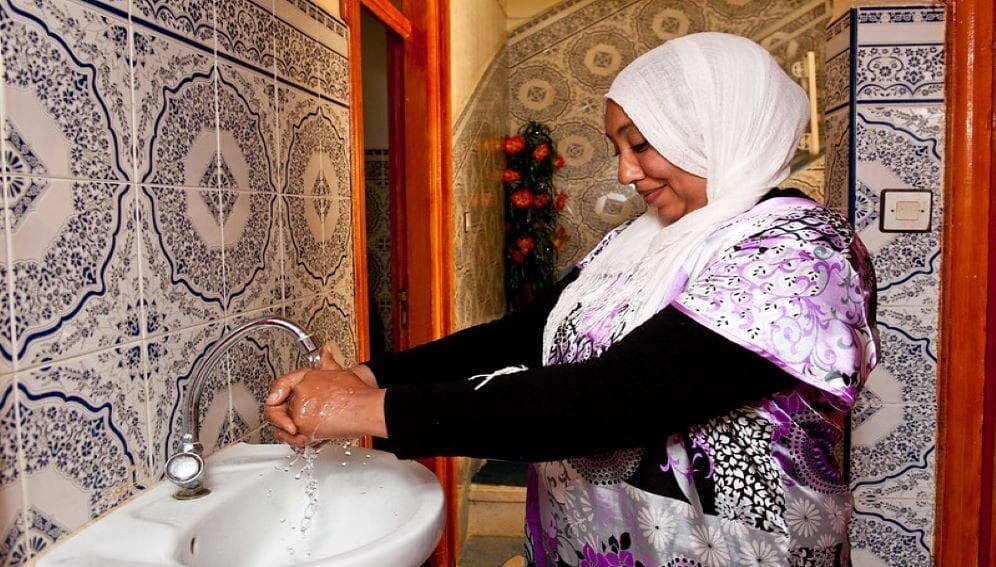28/06/21
Jordan suffers summer of water shortages

Send to a friend
The details you provide on this page will not be used to send unsolicited email, and will not be sold to a 3rd party. See privacy policy.
[AMMAN] Jordanians face the country’s worse water shortage in almost a decade due to the combined effect of weak rainfall and water overuse during COVID-19 lockdowns.
The arid country had only 60 per cent of the rainfall it usually gets between October 2020 and May 2021, leaving its four dams only 45 per cent full, official figures show.
At the same time, the ongoing COVID-19 pandemic raised demand for water by between 10 and 40 per cent, amid lockdowns and increased handwashing, a report by the Economic and Social Council of Jordan says.
Jordan’s Minister of Water and Irrigation, Muhammad Al-Najjar, blames the mismanagement of water resources in 2020 for the critical situation.
“The kingdom witnessed an excellent rainy season [last year], and a number of dams reached their full storage capacity, but we mishandled what was stored, and we did not anticipate the possibility that the year 2021 would be dry.
“In fact, we wasted water by providing farmers with large additional quantities of irrigation, above their approved quota.”
The ministry urged citizens to cut down their water consumption. But many residents have had enough of the strain on resources and disruption to water supplies. Fadi Abu Qura, who lives in the Tla’ Al-Ali suburb of the capital, Amman, told SciDev.Net: “We always live in a water crisis, and I don’t know where all the rains go.
“We haven’t received sufficient quantities of water since last February, and we no longer know what day the water will come.”
Fadi Abu Qura, Amman resident
“We haven’t received sufficient quantities of water since last February, and we no longer know what day the water will come, while water pumping doesn’t last for more 12 hours a week.”
He added: “About a month ago, the temperature rose and we suffered a lot and resorted to buying water from tanks. It was expensive but we had no choice.”
An official report last year on the state of Jordan’s water highlighted rising pressure on the country’s main water sources that were already stretched before the onset of COVID-19.
“The pandemic has delayed some projects, such as the national carrier for desalination and transportation of water from Aqaba to Amman,” said water ministry spokesman Omar Salameh, citing increasing operational and maintenance costs facing the water sector.
The state of reservoirs – especially Al Wahda, Al Mujib and Al Wala – is an important indicator of whether summer water supplies will be safe, as groundwater must be mixed with water from another source to meet Jordanian drinking water standards.
Manar Almahasneh, Secretary of the Jordan Valley Authority, said this summer would be “tough for farmers”, with water quotas halved under a rationing policy introduced to address the shortage. He attributes the crisis to the “poor storage of dams designated for irrigation”.
Almahasneh advised farmers to only plant on half of their agricultural land and to choose crops that consume less water.
The Union of Farmers in the Jordan Valley has warned of the consequences of reducing water allocations for irrigation, such as fewer crops and the potential impact on food security in the country.
Duraid Mahasneh, president of the Association for the Sustainability of Water, Environment and Renewable Energysaid the water problem in Jordan is more political than geographical.
“Since 1948, the kingdom has received refugees due to the conflicts in the region, and at a time when the kingdom’s water suffices two million people, the current population requires distributing it among 10 million,” he said. “Most of the surface water and groundwater sources are shared with neighbouring countries, and we are at their mercy.”















